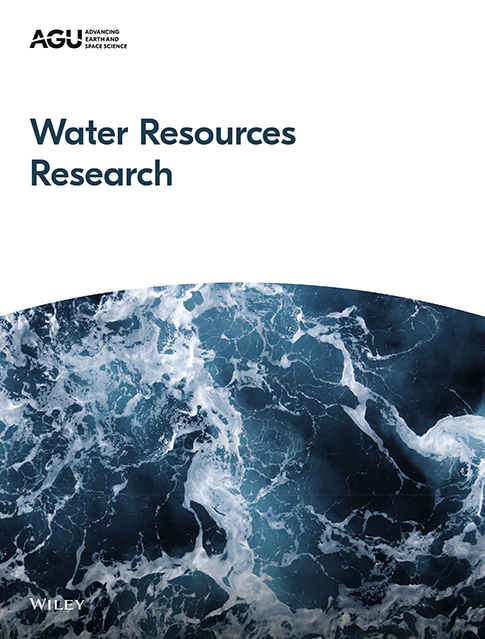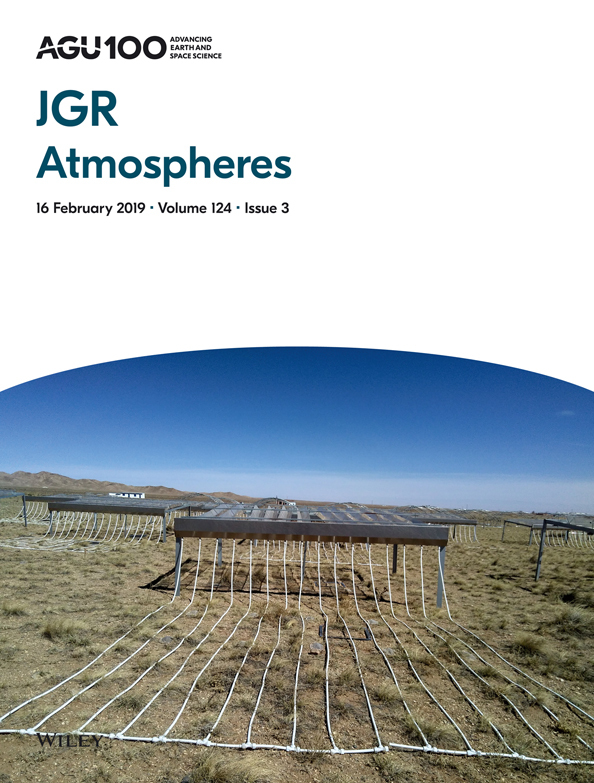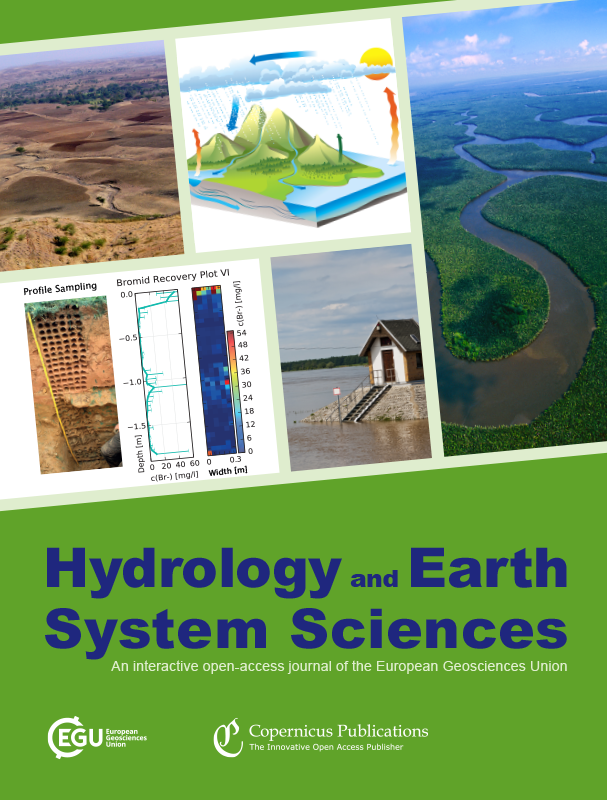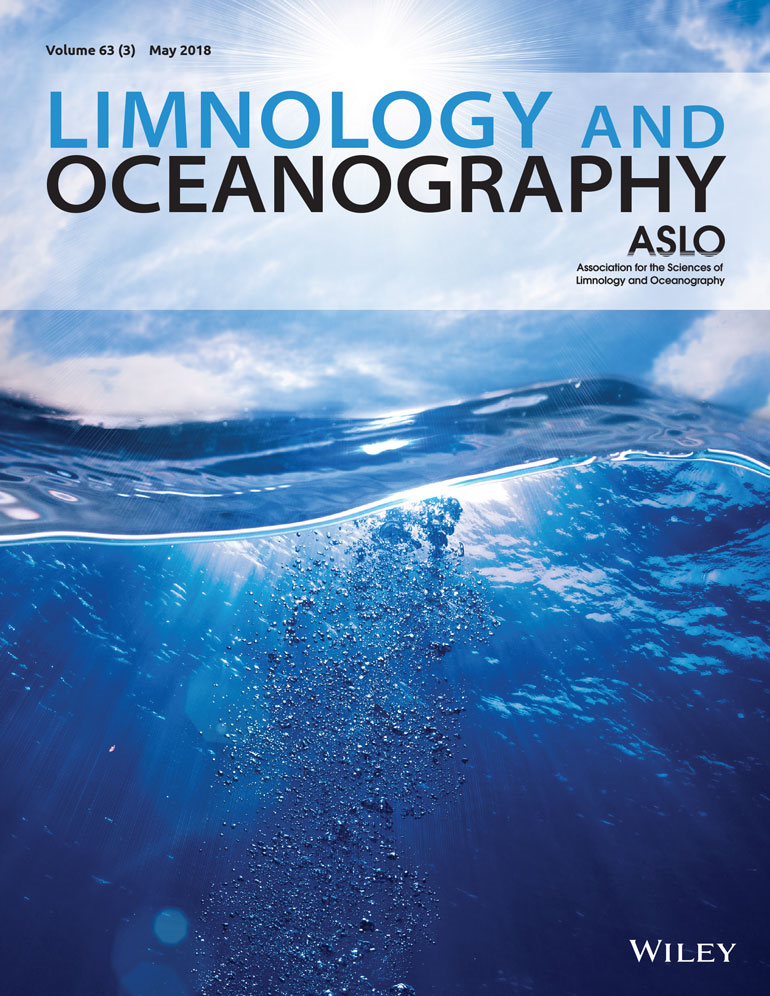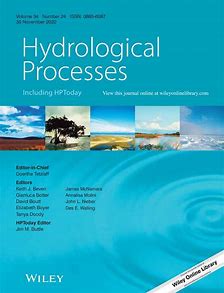- Department:(Dept. 1) Ecohydrology and Biogeochemistry
Organizational principles of hyporheic exchange flow and biogeochemical cycling in river networks across scales
Understanding organizational principles of hyporheic exchange flow and biogeochemical cycling in landscapes is key for generalizing process knowledge.
Dynamics of greenhouse gases (CH4 and CO2) in meromictic Lake Burgsee, Germany
At its deepest point, Lake Burgsee has one of the highest methane concentrations ever measured in a natural freshwater lake.
The potential of large floodplains to remove nitrate in river basins: the Danube case
Based on the modelling of nutrient fluxes in the Danube River Basin, the authors estimated the (potential) contribution of the large floodplains to remove nitrate from the Danube and major tributaries. The active floodplains retain 33000 tons per year, or 6.5% of the total nitrogen emissions, which can be increased by 5000 tons if floodplains and water bodies are reconnected.
A hybrid empirical and parametric approach for managing ecosystem complexity: water quality in Lake Geneva under nonstationary futures
A hybrid model which combines a classical 1D lake model with data-driven machine learning was used to predict changes in deepwater oxygen concentrations under varying climatic conditions and nutrient concentrations. The model predicted deepwater oxygen concentrations of Lake Geneva more precisely than a classical approach. Increasing air temperatures have similar effects as phosphorus inputs.

Performance of biochars for the elimination of trace organic contaminants and metals from urban stormwater
This study combines laboratory batch and column experiments with transport modeling to assess the efficacy and longevity of biochar filters for urban stormwater treatment. Biochar can serve as cost-effective adsorbent for the removal of polar organic contaminants in urban stormwater runoff.

Spatial and seasonal patterns of water isotopes in northeastern German lakes
In course of measuring campaigns, the spatial and temporal dynamics of water isotopes in northeastern German lakes were evaluated. The data will serve as basis for further studies, for example with respect to connectivity of lakes and biochemical processes in macrophytes.
Xylem water in riparian Willow trees (Salix alba) reveals shallow sources of root water uptake by in-situ monitoring of stable water isotopes
The authors monitored stable isotopes in-situ at high resolution in soil and plant water at an urban green space to understand the ecohydrological functioning of the Critical Zone, i.e., the thin, dynamic, life-sustaining skin of the Earth that extends from the canopy top to the active groundwater. At the end of the growing season deeper than upper soil water was used for plant water uptake.
Geochemical focusing and burial of sedimentary iron, manganese, and phosphorus during lake eutrophication
From the distribution of manganese, iron and phosphorus within sediment cores from 11 water depths of Lake Arendsee, changes in the trophic state and oxygen conditions could be reconstructed. The redox-controlled geochemical focussing induced authigenic vivianite formation under oligo-mesotrophic conditions about 100 years ago, resulting locally in strongly increased burial phosphorus deposition.
Spatial variability of radon production rates in an alluvial aquifer affects travel time estimates of groundwater originating from a losing stream
Radon in surface water is mostly used to localise and quantify groundwater discharge. The study presents the opposite approach and use radon to estimate travel times of infiltrated surface water in the aquifer. The spatial heterogeneity of radon production rates complicates this approach, but the problems can be overcome by additionally considering temperature and hydraulic heads.
Estimates of water partitioning in complex urban landscapes with isotope-aided ecohydrological modelling
The authors used isotopes in an ecohydrological model to estimate evapotranspiration (ET) from the landscape of Berlin. This resolved components of ET and quantified transpiration, soil evaporation and evaporation of vegetation-intercepted water. Transpiration from tree-covered areas dominates; with ~80% of ET for urban cooling coming from woodland green spaces covering ~25% of the urban area.


